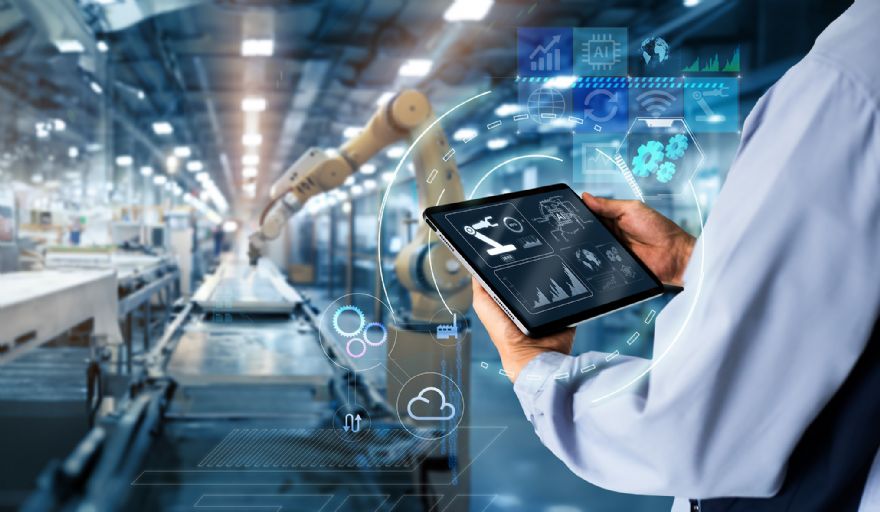 Photo courtesy of Seco
Photo courtesy of SecoThe global tooling company
Seco says that as manufacturing companies work towards more sustainable manufacturing, they face challenges regarding the collection, analysis and management of data connected to the machine and machining environment, which is why the company has partnered with the Advanced Manufacturing Research Centre North West (AMRC), in Samlesbury, UK. Their aim is to drive the use of Internet of Things (IoT) hardware, various industrial communications, and IoT protocols, to produce ‘environmental impact assessments and improvements’.
This project divides the manufacturing ecosystem into three interrelated domains: the machining process itself; the immediate machine environment; and the broader facility context. Seco says that by monitoring each area individually and then analysing how they influence one another, stakeholders gain both detailed diagnostics and a holistic perspective on sustainability challenges.
For the machine, the approach enables monitoring and hotspot analysis of the machining process directly. This includes information on the energy consumption of the machine, broken down by sub-process, cutting fluids and other material consumption that can be directly converted into real-time costs and CO
2 impact. For the machine environment, the monitor tracks the humidity and temperature, which can impact the energy required to ensure environment stability for the machine; for the facility, the monitor tracks the entire manufacturing plant and identifies high level patterns that can negatively impact energy and cost.
Seco says this approach will help to identify patterns and factors that can help companies reduce their CO
2 and costs and analyse a machining program and processes in fine detail and further refine the programs by associating power consumption and CO
2 emissions within the machine. “By harnessing independent monitoring of power consumption and facility usage, we can pinpoint the hidden costs of inefficiency and translate every kW/hr into real-time CO
2e and expense metrics.
“This level of insight allows us to compare the energy demands and carbon footprints of any two products, programs or machines, thereby enabling our teams to make data-driven decisions and embed sustainability at the heart of manufacturing design. Looking ahead, we are building toward an AI-powered, automated feedback system that continuously optimises processes in real time. This solution will balance productivity and cost imperatives with environmentally responsible best practices, ensuring every adjustment drives us closer to ‘net zero’ goals.”